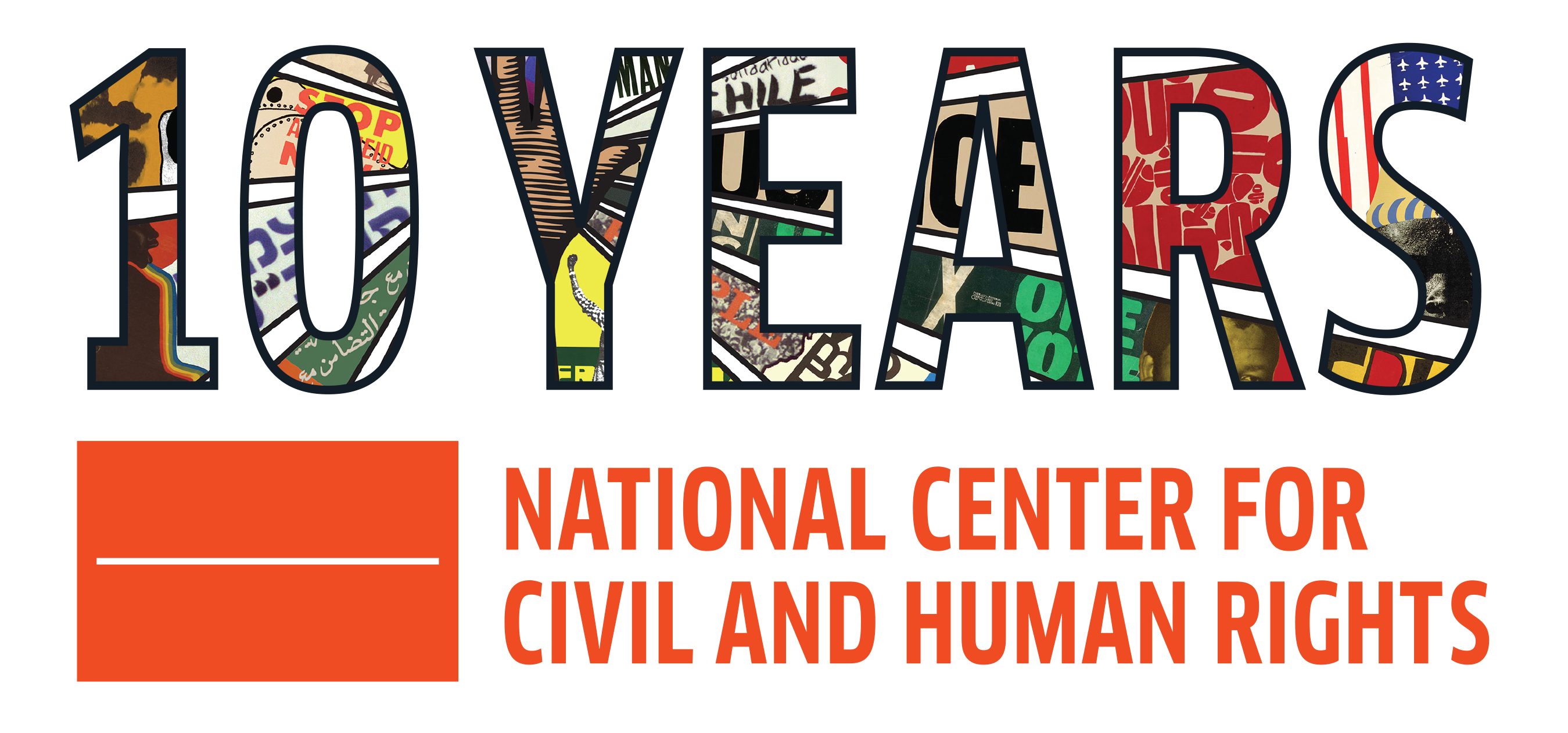70 Years after Brown v. Board
This year, for Power to Inspire, The Center will present a multimedia performance dedicated to the historic Brown v. Board of Education of Topeka, Kansas Supreme Court ruling and its impact on the equity of education 70 years later.
What was Brown v. Board of Education about?
Brown v. Board of Education challenged state-sanctioned segregation in public schools, stating separate schools for Black and white students was unconstitutional as it violated the 14th Amendment’s equal protection.
The Plaintiffs
The “Brown” in Brown v. Board of Education is named after plaintiff Oliver Brown, who filed a class-action suit against the Board of Education of Topeka, Kansas, when his daughter Linda was denied entrance to Topeka’s all-white Sumner Elementary School in 1951. Mr. Brown was one of 13 parents from Topeka fighting for an equal education for his child.
In 1952, the NAACP Legal Defense Fund’s chief attorney, Thurgood Marshall argued Brown v. Board of Education before the Supreme Court, a case that combined 4 cases: Briggs v. Elliott (1950) from South Carolina; Bolling v. Sharpe (1952) from Washington, D.C.; Davis v. County School Board of Prince Edward County (1952) from Virginia; and Belton (Bulah) v. Gebhart (1952) from Delaware. The case was argued before the Court twice, in 1952 and 1953, before a decision would come down in 1954.
The Doll Test
To prove that segregated schools were not equal, Marshall enlisted testimonies and research from social scientists, including psychologists, Drs. Kenneth and Mamie Clark. Fourteen years before the case, The Clarks designed and conducted a series of experiments to study the psychological effects of segregation on African American children.
“The doll tests,” as they are commonly called, used four dolls, identical except for skin color, to test children’s racial perceptions. Most of the children chose the white doll when asked which doll they preferred. The Clarks concluded that “prejudice, discrimination, and segregation” created a feeling of inferiority among Black children and damaged their self-esteem.
The Verdict
In May of 1954, the Supreme Court issued a unanimous 9–0 decision written by Chief Justice Earl Warren, in favor of the plaintiffs. The Court agreed that public school segregation had a “detrimental effect upon the colored children” and contributed to “a sense of inferiority.”
The Courts ruled that “separate educational facilities are inherently unequal” and, therefore, violate the Equal Protection Clause of the Fourteenth Amendment. The verdict overturned 50 years of “separate-but-equal” doctrine – set forth in 1896’s Plessy v. Ferguson – that gave rise to Jim Crow laws that shaped US public education (and American life) after the post-Civil War Reconstruction period. The case did not lay out any method for ending racial segregation in schools.
The Reaction
School integration did not happen immediately. Many states delayed or outright defied the court order to desegregate. In 1955, the Supreme Court rendered the Brown II Decision, which ordered desegregation of public schools to occur with “all deliberate speed.”
White parents across the nation resisted the Brown v. Board mandate. School boards, politicians, and parents alike found ways to delay, restrict, or avoid integration. Numerous private schools popped up in predominantly white suburbs. These schools, known as “Segregation Academies,” were founded solely to avoid integrating public schools. In other areas, public schools shifted white students to “gifted programs” at schools with more funding and better opportunities. Highly skilled Black teachers were moved from their neighborhood schools to predominantly white schools. Indeed, some predominantly Black schools were closed altogether in favor of busing Black students to predominantly white schools, which were often far from Black students’ homes.
Power to Inspire 2024
The year’s Power to Inspire show is written and directed by acclaimed playwright and director Nikki Toombs. Through video, music, dance, and immersive storytelling, Toombs explores the impact of Brown v. Board of Education’s transformative verdict that spurred a movement for equality, drawing parallels between students from the Jim Crow era to today and humanizing those affected by the inequality of our education system.
Guests will gain insight into our society’s challenges and be inspired to advocate for fair and equal education for all. Visit civilandhumanrights.org/courage to purchase your tickets today!
Want to Learn More about Brown v. Board and school integration? Check out these resources:
Timeline of Events Leading to the Brown v. Board of Education Decision of 1954, National Archives
A History of Private Schools and Race in the American South, Southern Education Foundation
The Racist Origins of Private School Vouchers, Center for American Progress
Nice White Parents, New York Times
The Persistence of NYC School Segregation Part 1, Part 2, P.S. Weekly, The Bell

